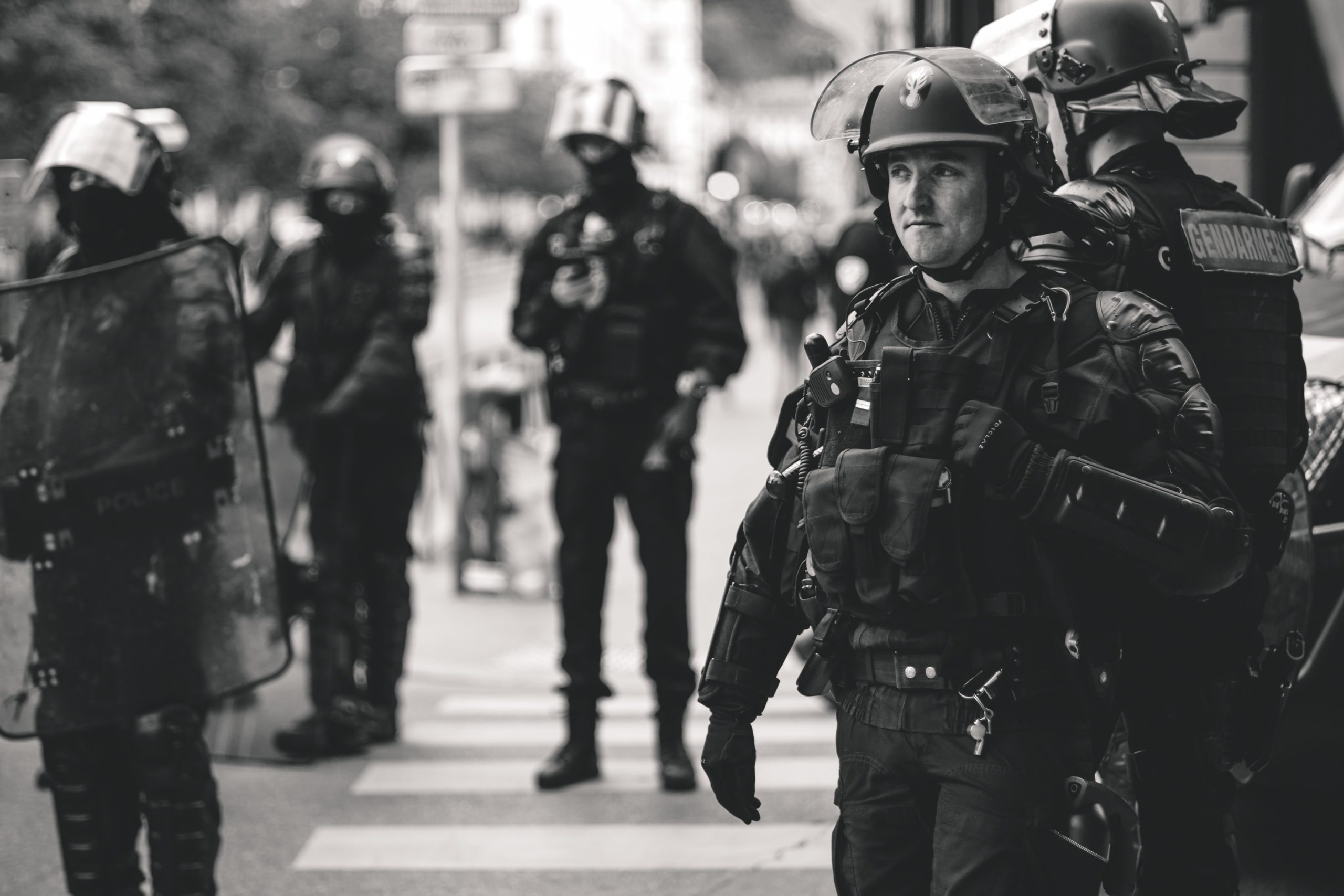In a world where gun violence is on the rise, the use of ballistic shields has become an important tool for military, law enforcement, and security personnel. Ballistic shields protect against various types of firearms, shrapnel, and other threats. The National Institute of Justice (NIJ) sets resistance ratings for these shields to ensure that they provide adequate protection to the users. In this blog post, we will discuss the NIJ resistance ratings on police ballistic shields and understand what they mean.
The NIJ sets a series of standards and tests for the ballistic shields used by law enforcement and military personnel. These standards are classified under different levels which correspond to the type of threat the shield can withstand. The NIJ ballistic shield resistance ratings start from Level I and go all the way up to Level III+.
Level I shields are designed to protect against low-velocity handgun rounds, while Level II provides defense against medium-velocity handgun rounds. Level IIIA shields, the most common level in use today, are tested to resist high-velocity handgun rounds as well as some types of shotgun rounds.
Level III shields are capable of handling multiple rifle rounds and are often used by SWAT teams in high-risk scenarios. The highest level of shields, Level III+, has been tested to sustain armor-piercing rounds, which are commonly used by military personnel.
It’s essential to keep in mind that the higher the protection level, the heavier the shield becomes. This means that while Level IIIA is comfortable and relatively lightweight, Level III or higher may require additional support during operation due to its weight.
Choosing a ballistic shield is an important decision, and it’s crucial to understand the different levels and their corresponding resistance ratings. A shield’s level and rating will ultimately determine its ability to protect the user from various ballistic threats. It’s important to weigh the shield’s protection level against its weight and mobility since operational effectiveness and user safety should always be taken into account.
Ballistic shields are an important tool for military, law enforcement, and security personnel looking to equip themselves against firearm threats. Understanding NIJ resistance ratings on police ballistic shields is paramount, as it enables users to make informed decisions when selecting a ballistic shield. Remember that choosing a shield is ultimately dependent on its level and rating while balancing mobility and protection against different ballistic threats.
For more great articles, please click here.
